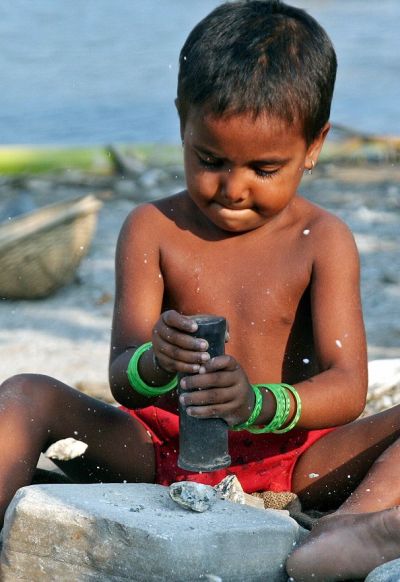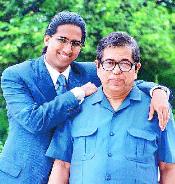
The recent media attention on Anti Child Labour Day as a ritual and event forces to reflect on the last years announcement by ministry of labour bringing in residential homes and Dhabas within the definition of hazardous workplace and so banning children below the age of 14 years from working in such places is a welcoming sign as these places are maybe the largest employer of child labours after agriculture. However, diverting from the core issue, it was another attempt by the government to cheat our children from their basic rights as enshrined in our constitution.
The ministry has implemented the recommendations of the Technical Advisory Committee on Child Labour, which highlighted that children are subjected to long hours of work, physical violence, psychological traumas and at times even sexual abuse. The basic questions then are who will set condition of employment standards for other children between 14-18 years? And why do we need to define hazardous? Why do we need a list categorizing situations where children cannot be employed?
There should be a blanket ban on children working. The problem lays in the fact that once you categorize where children cannot and where they can be employed, it opens a floodgate for violation of children’s rights. Situations uncovered within the definition of ‘hazardous’ somehow get legitimized and permissible. The change required is removal of the word hazardous from the Act itself and bringing a complete ban on employing children, which definitely will require amendment in the Act through Parliament and not just executive orders.
Further, when we as a nation have agreed to the universal definition of child, as defined by the Convention on the Rights of the Child, as someone till the age of 18 years, then why are we sticking to our own old definition of 14 years as provided by the two decade old legislation – The Child Labour (Prohibition & Regulation) Act, 1986? Why can’t we strengthen the definition of child as 18 years as per the newer Juvenile Justice Act, 2000?
Another problem is after the insertion of Article 21A, making Right to Education a fundamental right for children between 6-14 years of age, it becomes more relevant to erase the categorization and bringing a complete elimination of child labour in any form. Are we trying to envisage a situation where a child studies full time in a formal school and then earns his own living. Or, should we question what is intended. Are we as a nation not sounding torturous?
If we really care for our children then there are other issues which need to be tackled. The issue of unguaranteed employment and non-implementation of minimum wage leading to poverty needs to be addressed. Once a child migrates or trafficked to urban centers there is a need to regulate the placement agencies who earn by supplying child labours. Child labour, school dropouts, trafficking and slaughter of childhood dreams are all interlinked and manifestations of a situation. A situation of rural, semi urban and urban slums of India; where people struggle on daily basis to survive. Where lack of employment, health and education infrastructure denies people right to live with dignity and forces people to push their children in labour.
Image Credit: epochtimes




